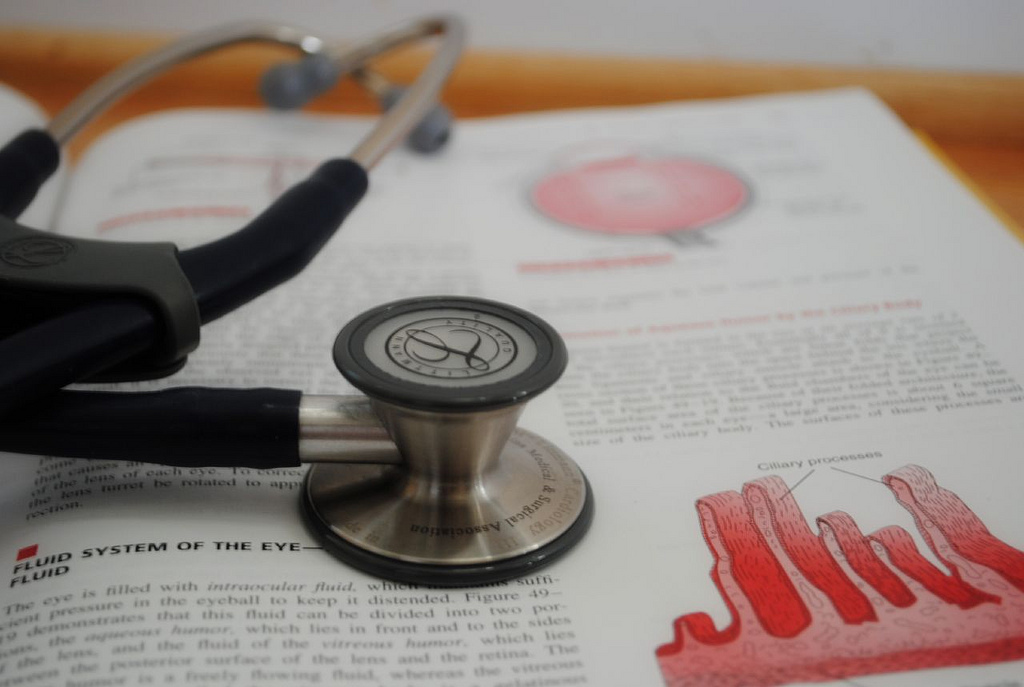Decoding Hazy Medical Lingo
/Photo Credit frankieleon
You ask your patient to follow instructions and when they see you at their subsequent visit, they have not made the changes you suggested. We have all been there, often times placing the blame on their lack of interest in their health. Have you ever thought to dig a little deeper?
The average American reads at a middle school level. There have been a series of studies trying to shed light and collect more information on how low health literacy levels impact our healthcare system. The government has even gone as far as creating initiatives to help bridge this gap and encourage healthcare providers to improve the delivery of health information. With all the efforts that have been employed, there is still little awareness of the issue. Well, here I am to spread the message: We need to simplify the way we present health information to ensure our patients understanding.
I'll never forget the moment when I was explaining a procedure to parents of a child we were about to operate on. The 10 year old boy was attentively listening as I spoke to his parents. At the end of our conversation I asked him and his parents if they had any questions. He looked up at me and asked, "What is tissue?" (As I was describing the procedure to his parents I used the word tissue when explaining dissecting through deeper layers below skin level). The boy had this term confused with Kleenex and couldn't understand what we were about to do to him. Looking back, I could have chosen a different word when speaking to the family. Just because they were nodding their heads as I spoke, didn't mean they necessarily understood. As I re-explained what was about to happen using plain language, all three family members got a better hold of what I had been trying to say. I had them walk me through the prescriptions they were being sent home with and how their son should take the medication to ensure their comprehension. It took a few extra minutes, but I was assured that they all had the knowledge they needed to grasp the procedure and care for their son afterwards.
As a provider, it is easy to forget what it was like before medical jargon became our primary language. With time constraints, it can be difficult to find a little extra time to sit down by the bedside and walk through every detail ensuring every word. Be that as it may, it is a part of our duty. Perhaps if we chose to incorporate the most basic language when speaking to patients we would see improvements in patient compliance and patients would feel empowered to make better decisions. Behind every exam room door is a person that deserves to understand their health. The emphasis in medicine is diagnosing and initiating treatment plans, but how can we ensure we are doing our best when patients do not understand what we are trying to say?












